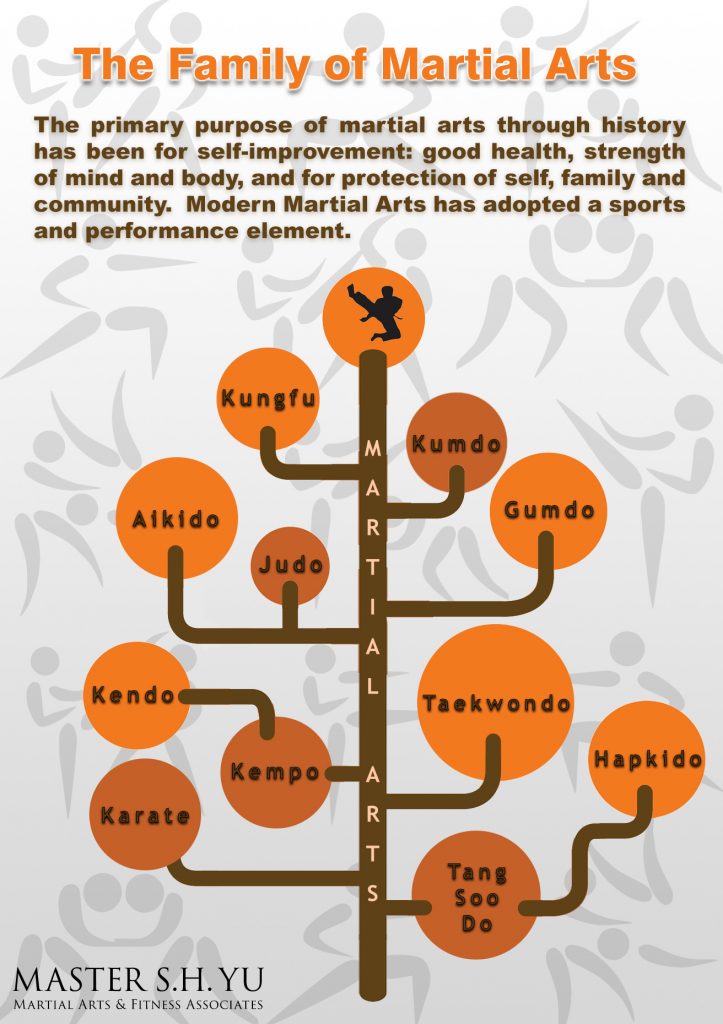Just How Do Typical Martial Arts Focus On Discipline Compare To Modern-Day Combat Sporting Activities Focus On Competition? Discover The Essential Differences That Can Shape Your Journey
Just How Do Typical Martial Arts Focus On Discipline Compare To Modern-Day Combat Sporting Activities Focus On Competition? Discover The Essential Differences That Can Shape Your Journey
Blog Article
Web Content Author-Keith Brady
When you think of martial arts, do you lean a lot more toward the typical practices or the modern-day fight sporting activities? Each path supplies unique advantages and experiences, formed by their approaches and training approaches. Standard martial arts emphasize personal growth and discipline, while modern-day battle sports concentrate on competition and efficiency. Comprehending these distinctions can assist you in selecting the right strategy for your journey. Yet how do these distinctions materialize in training and philosophy?
The Approach and Background Behind Typical Martial arts
While many people link martial arts with physical fight, the philosophy and background behind conventional martial arts run much deeper. You'll discover that these disciplines highlight individual growth, discipline, and respect.
Stemming from ancient methods, standard martial arts were commonly developed for Self-Defense and spiritual growth. They personify principles such as equilibrium, consistency, and self-constraint, directing specialists past simple battling skills.
As you train, you'll not just discover methods but also acquire understandings into the society and values that formed these arts. martial arts to learn at home and practices, often given with generations, foster a sense of neighborhood and belonging.
The Affordable Nature of Modern Combat Sports
Modern fight sports have actually transformed the landscape of martial arts right into a highly affordable field, where athletes challenge in an examination of ability, method, and endurance.
simply click the following web site 'll notice that competitors are often organized with stringent policies and policies, guaranteeing fair play and security. These occasions draw in big audiences, fueling the exhilaration and intensity of matchups.
Professional athletes train carefully, not just for physical expertise yet additionally for mental durability, understanding that every detail counts in the ring. The adrenaline thrill throughout competitions is apparent, as fighters push their restrictions to claim success.
you could check here and creativity included, making modern-day fight sports a thrilling phenomenon that continues to develop and astound lovers worldwide.
Training Approaches and Methods: A Comparative Analysis
The competitive atmosphere of modern-day fight sports needs ingenious training approaches that differ dramatically from conventional martial arts.
In contemporary training, you'll concentrate on details strategies, sparring, and conditioning, frequently utilizing drills that replicate real battle scenarios. You'll see a focus on quantifiable efficiency and regular competitors to evaluate your skills.
On the other hand, traditional martial arts prioritize types, katas, and philosophical trainings, frequently highlighting technique and respect over competitors.
Training is normally less intense and might involve repeated practice as opposed to real-time sparring.
While both strategies build skill and fitness, modern-day combat sporting activities provide a much more vibrant and versatile training setting, preparing you for immediate difficulties in the ring or cage.
Choose the course that lines up with your objectives and rate of interests.
Final thought
In selecting between typical martial arts and modern battle sporting activities, it actually boils down to what you value many. If you're trying to find individual development, self-control, and a feeling of area, conventional arts might be your ideal fit. Yet if you flourish on competition and real-time difficulties, contemporary combat sporting activities could be the method to go. Ultimately, both courses use one-of-a-kind benefits, so it's all about straightening your training with your individual objectives and rate of interests.
